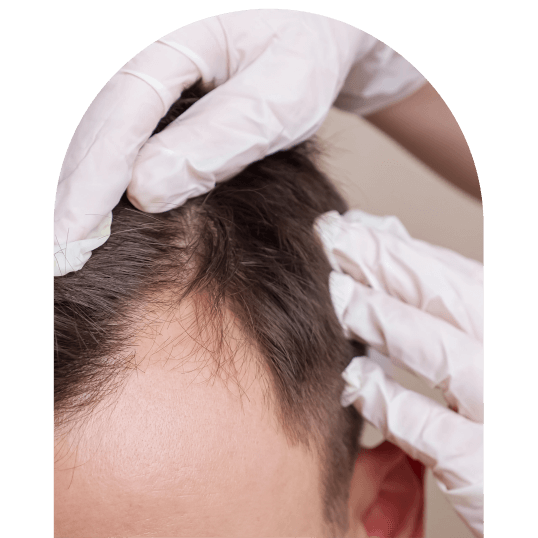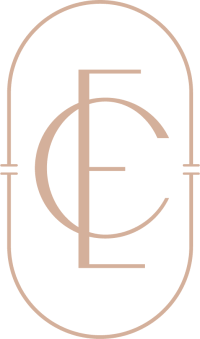Blood Collection: The process begins by drawing a small amount of the patient's blood, typically from their arm, similar to a routine blood test.
Centrifugation: The collected blood is then placed in a centrifuge machine, which spins at high speeds. This process separates the blood into different components: red blood cells, white blood cells, platelets, and plasma.
Isolation of Platelets: After centrifugation, the platelet-rich plasma is isolated from the rest of the blood components. This PRP contains a concentrated amount of platelets, growth factors, and other bioactive proteins.
Treatment Application: The PRP is now ready to be used for various treatments. In aesthetic procedures, it's often injected into specific areas of the skin to stimulate collagen production and improve texture and tone. In orthopedics, it can be injected into injured joints or soft tissues to promote healing and reduce inflammation.
Stimulating Repair: Platelets are known for their role in blood clotting, but they also play a crucial role in tissue repair and regeneration. When PRP is applied to the targeted area, it releases growth factors that initiate a natural healing response. This includes promoting cell proliferation, collagen formation, and tissue regeneration.





